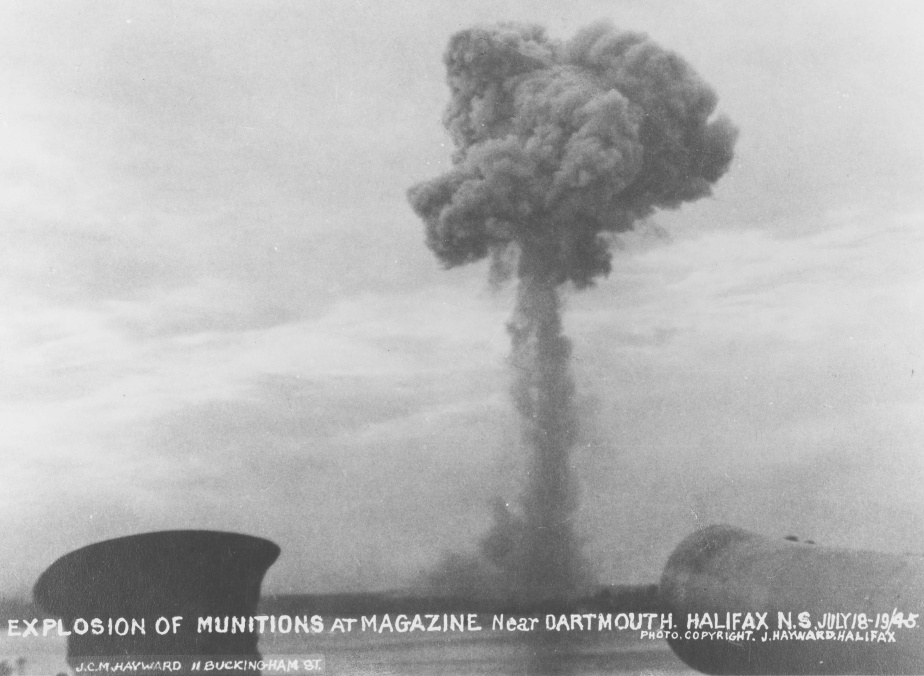
Lieutenant Colonel Philip Eric Bent (3 January 1891 – 1 October 1917) was a Canadian British Army officer recipient of the Victoria Cross, the highest and most prestigious award for gallantry in the face of the enemy that can be awarded to British and Commonwealth forces.
Biography
Bent was born on 3 January 1891 in Halifax, Nova Scotia and was educated at the Royal High School, Edinburgh and Ashby Grammar School, Ashby de la Zouch. He joined the training ship HMS Conway in 1907. He served two years as a Cadet and then went to sea. He was taking his Merchant Navy officer’s tickets when the war broke out in 1914.
He and a friend joined a Scottish regiment “for a bit of fun” as the war was anticipated to be over by Christmas. He was some months later commissioned in the Leicestershire Regiment.
He was 26 years old, and a Temporary Lieutenant Colonel in the 9th Battalion, The Leicestershire Regiment, British Army during the First World War when he performed the deed for which he was awarded the VC on 1 October 1917 east of Polygon Wood, Zonnebeke, Belgium. He was killed whilst leading a charge. His citation reads:
For most conspicuous bravery, when during a heavy hostile attack, the right of his own command and the battalion on his right were forced back. The situation was critical owing to the confusion caused by the attack and the intense artillery fire. Lt. Col. Bent personally collected a platoon that was in reserve, and together with men from other companies and various regimental details, he organised and led them forward to the counter-attack, after issuing orders to other officers as to the further defence of the line. The counter-attack was successful and the enemy were checked. The coolness and magnificent example shown to all ranks by Lt.-Col. Bent resulted in the securing of a portion of the line which was of essential importance for subsequent operations. This very gallant officer was killed whilst leading a charge which he inspired with the call of “Come on the Tigers.”
—The London Gazette,” No. 30471, 11 January 1918
He has no known grave and is commemorated on the memorial wall at Tyne Cot Cemetery, Belgium.
The medal
His Victoria Cross is in The Royal Leicestershire Regiment Museum (Newarke Houses Museum).

